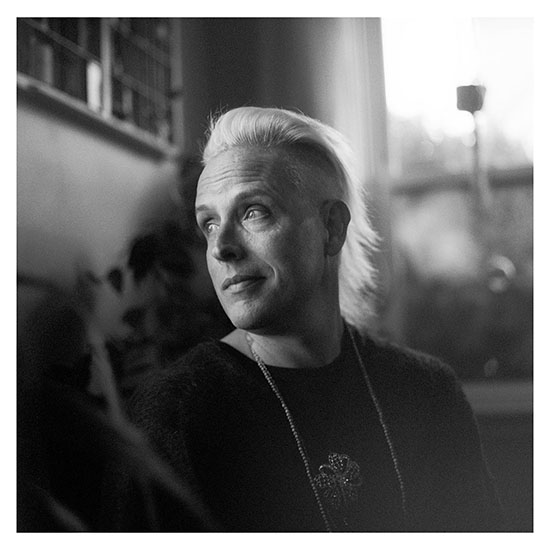
On February 14th-23rd my exhibition, Fractured, can be seen at the Chinesischer Pavillion in Dresden, Germany. Fractured is a collection of portraits and recollections of young Ukrainians, mostly teenagers, who fled Ukraine shortly after the Russian invasion and found their way to Dresden, a city infamous for being destroyed during the Second World War. The portraits were taken in the first few weeks after they arrived. Almost all the people photographed experienced intense aerial bombing and fighting in the cities of eastern and southern Ukraine. This is the first time this series has ever been exhibited.
Alongside Fractured, a select portion of my long-term project From Above will also be exhibited to commemorate the 80th anniversary of the Dresden firebombings. From Above is a collection of black and white portraits and reminiscences of atomic bomb survivors from Hiroshima and Nagasaki, and World War II firebombing survivors from Dresden, Coventry, Tokyo, Wielun (Poland), and Rotterdam. The project began during 2008, and in 2011 it was released as a limited edition photo book in three languages: English, Japanese and German. The book sold out internationally and garnered media attention throughout North America, Japan, Europe and Australia. A portion of From Above is permanently exhibited at the Nagasaki Peace Memorial Hall for Atomic Bomb Victims. Thus far, From Above has also been exhibited in numerous international museums and exhibition spaces, including at the United Nations in New York and the Nagasaki Prefecture Museum of Art.
There will be an opening program on February 14th at 18:00 that will feature a short talk by Nora Lang, a survivor of the Dresden firebombings, and some of the Ukrainian teenagers photographed. We are all proud that this exhibition can take place in such a special venue. I will post the fliers for the opening program in a few days.
The goal of Fractured and From Above are to put a human face to words in history books. Many people view war with statistics and dates. They forget war affects real people. Both projects have given a voice to those who experienced war and in doing so demonstrate that suffering from war is universal. It affects people of all cultures, age, and nationalities.
The Chinesischer Pavillion is located at Bautzner Landstraße 17 A, 01324 Dresden, Germany.
Telephone: +49 351 26662008 website: https://www.chinesischer-pavillon.de/
Open hours: Saturday-Sunday: 11:00-16:00, Monday-Friday: 16:00-19:00








